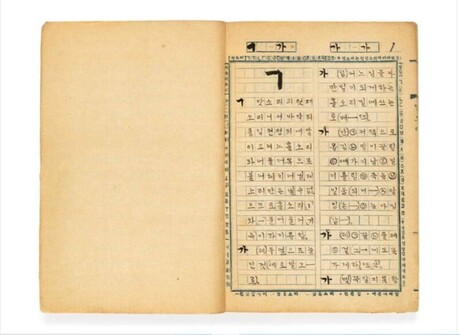The Netherlands has announced it will return a 3,500-year-old ancient Egyptian sculpture to Egypt, marking the first artifact repatriation since the highly anticipated opening of the Grand Egyptian Museum in Giza. Dutch Prime Minister Dick Schoof made the announcement on Sunday after attending the museum's opening ceremony, telling Egyptian President Abdel Fattah al-Sisi that his country would return the pharaonic bust depicting a high-ranking official from the reign of Pharaoh Thutmose III, who ruled from 1479 to 1425 BCE.
The ancient sculpture came to Dutch authorities' attention in 2022 when it was spotted for sale at an art fair. Acting on an anonymous tip that the artifact had been stolen from Egypt, Dutch officials seized the piece and launched an investigation. According to a statement from the Dutch government, investigators determined that the sculptural head had been obtained through looting and was unlawfully exported from Egypt.
Following the investigation's findings, the art fair trader voluntarily relinquished claims to the sculpture. The bust is scheduled to be formally handed over to Egypt's ambassador to the Netherlands by the end of the year, representing a significant step in international efforts to return stolen cultural artifacts to their countries of origin.
The repatriation announcement coincided with the grand opening of the Grand Egyptian Museum on Saturday, an event that drew dozens of foreign leaders and dignitaries from around the world. The $1 billion facility, nearly 25 years in the making, now ranks among the largest museums globally and represents Egypt's most ambitious cultural project in recent history.
Spanning an impressive 968,000 square feet, the museum houses a collection that covers approximately 7,000 years of Egyptian history and culture. One of the facility's crown jewels is an 80,000-square-foot gallery dedicated exclusively to displaying all 5,600 burial objects discovered in King Tutankhamun's tomb, offering visitors an unprecedented comprehensive view of the boy pharaoh's burial treasures.
The museum's architectural highlights include a grand atrium featuring an imposing 11-foot-tall statue of Ramses II and an elaborate grand staircase lined with statues and artifacts representing various Egyptian dynasties throughout history. These displays provide visitors with a chronological journey through ancient Egyptian civilization.
"It is a great day for Egypt and for humanity. This is Egypt's gift to the world. It's a dream come true, after all these years, the GEM is finally and officially open," said Nevine El-Aref, media adviser to the Minister of Tourism and Antiquities, expressing the significance of this milestone for Egypt's cultural heritage preservation efforts.
The timing of the Dutch repatriation announcement alongside the museum opening underscores the growing international recognition of Egypt's efforts to reclaim and properly preserve its ancient cultural treasures. This return sets a positive precedent for future repatriations as Egypt continues to work with international partners to recover artifacts that were illegally removed from the country over the decades.






























